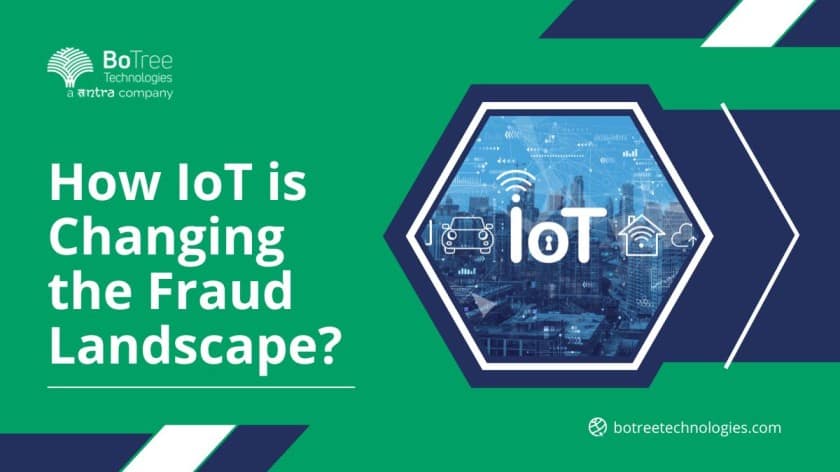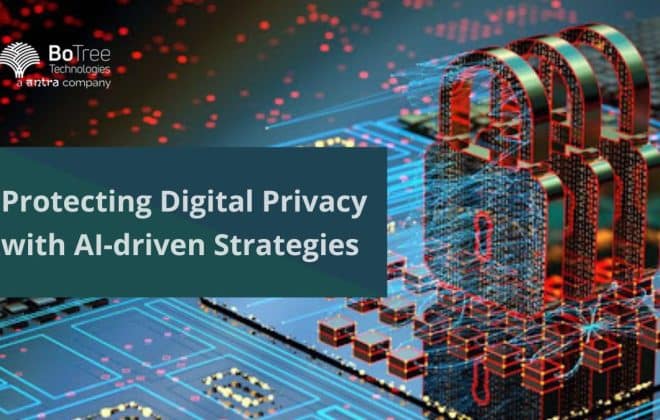
How IoT is Changing the Fraud Landscape?
There’s no denying that the Internet of Things (IoT) is here to stay. It has changed how we live, work and play, making our lives more convenient than ever before—but it also presents new risks. Many consumers don’t realize that when they own an IoT device, they’re not just buying a gadget; they’re also inviting a third party into their home or business. And as with any relationship, trust is key. You can’t trust the IoT devices you use or the companies that created them until you know they’re trustworthy. IoT devices are purely integrated with high definition technology developed with the help of a software development company which makes it possible for them to communicate or interact over the internet smoothly and can also be managed and controlled remotely when required.
The introduction of the Industrial Internet of Things (IIoT)
The Industrial Internet of Things (IIoT) refers to a network of physical devices, vehicles, sensors, etc. It is used for collecting and analyzing data to improve business processes and decision making. The IIoT helps in managing and optimizing the supply chain.
The introduction of the IIoT has given rise to several new-age applications such as predictive maintenance systems that will help prevent equipment failure or downtime by monitoring and predicting when an outage occurs based on factors such as vibration analysis or temperature fluctuations in machinery components. The application that has been made possible with advanced technology like mobile computing devices is asset tracking systems which track assets on-site using GPS technology so that they are easily identifiable at any given point of time during their lifecycle through any channel (e-commerce/marketplace websites). This tool enables manufacturers to monitor products throughout their journey from sourcing raw materials until they reach end users by using RFID tags embedded within them which can be accessed by anyone who wants access without having physical contact with these items thus eliminating theft risks associated with physical goods going missing without notice
Read more: Internet of Things: Is the Market Headed in a Good Direction?
The Internet of Things (IoT) is becoming a part of our everyday lives, helping us live more conveniently and efficiently
The landscape for the Internet of Things is a network of physical devices, vehicles, home appliances and more items embedded with electronics, software, sensors and connectivity which enables these objects to connect and exchange data.
Initially, this was a vision for the future – but it is becoming a reality now. The number of connected devices worldwide will reach 30 billion by 2020 according to Gartner. This is happening because we’re seeing new technologies emerge that allow developers to build IoT applications more easily than ever before. These include low-power wireless technologies such as Bluetooth Low Energy (BLE), 802.15.4 ZigBee/Thread and ZWave; cloud services such as Amazon Web Services; application programming interfaces (APIs) like Google Cloud Platform; gateway hardware such as Raspberry Pi Zero W or Intel Edison board running Windows 10 Core edition; web services such as Azure IoT Hubs enable enterprise customers to rapidly build scalable IoT solutions on their own terms without having infrastructure costs upfront – all while keeping IoT security at the forefront so that businesses remain protected from cyber attacks within their networks.
It’s important to keep your devices secure, but it’s just as important to make sure the companies keeping them secure are in the right hands.
The IoT is a landscape of data, and it’s important to keep your devices secure. But it’s just as important to make sure the companies keeping them secure are in the right hands.
In order to understand how security works in an IoT system, we need to look at two different parts: the device itself and the company who created (and maintains) that device.
Let’s start with the device itself. The top way to stay safe is by knowing what kind of information your device sends out into cyberspace and who gets access to it once it leaves its original location—you know, like when someone hacks into your phone or laptop through Wi-fii hotspots that aren’t encrypted properly? The same goes for any other internet-connected devices you use every day—your car GPS system or smartwatch can be hacked too if there aren’t proper security measures in place before connecting with an external server online!
You can’t trust the IoT devices you use or the companies that created them until you know they’re trustworthy.
This is a critical point. You can’t trust the IoT devices you use or the companies that created them until you know they’re trustworthy. The same goes for fraud mitigation and ID Verification, which are critical areas of information security today.
The only way to know if a device or company is trustworthy is through due diligence: gathering as much information about them as possible, checking it thoroughly for any red flags of fraud detection or other issues, then making an informed decision whether or not to engage with their services.
How Fraudsters Are Exploiting IoT
Fraudsters tend to find a loophole in IoT devices and exploit them for the purpose of making money. One of the very common frauds happening all over the world some years back was “system point of entry” in ATM machines, which were IoT enabled.
They made a device that could replace the card insertion part of the ATM, and record the user details. Fraudsters then used this information to create a clone of the card and withdraw all the money from the bank accounts of the people who inserted their ATM cards in that ATM machine.
Moreover, fraudsters even found loopholes in exercise bikes and extract personal information of a user like health, lifestyle habits, and other information which is fruitful for advertisers for direct and personalized marketing.
Tackling IoT frauds
One method that might be used to safeguard against criminal and friendly fraud in the IoT is the incorporation of more strict authentication systems into checkout processes. Voice recognition is one method that has the potential to aid in fraud prevention, but other technologies might also be useful:
- Geolocation
- Velocity checks
- Requiring security passcodes/biometrics to access systems
Use uncrackable passwords
Using passwords that are a mix of your name, date of birth, college, city is easy to crack, and can land you in trouble. The best way to stay safe from IoT frauds is to use a strong combination of letters, numbers, and special characters and make sure you are not using the same combination of passwords on other IoT devices, because if somehow one of your IoT devices is exposed, all of the devices in range will be compromised.
Internet of Things and Fraud Mitigation Measures
The IoT is changing the fraud landscape. Now, you can protect yourself, your business and your customers from fraud. You can also protect your brand and reputation from fraud. Finally, you can protect your company from fraud using IoT technology to prevent it in the first place.
The only thing that cannot be protected against is something that has not yet been invented—and even then, an entirely new field of study might emerge out of nowhere to provide answers!
Read More: AI in Fraud Detection and Prevention: How Will the Technology Help in 2023?
Conclusion
Hire fraud analysts who use IoT solutions. The IoT has the power to revolutionize the way we approach fraud. By leveraging machine learning, artificial intelligence and big data analytics, organizations are able to protect customers in real-time while also avoiding false positives and negatives with greater accuracy than ever before. In short, technology enabled by a custom enterprise software development company is helping us stay ahead of fraudsters at every turn!
Contact us today for a FREE CONSULTATION.




